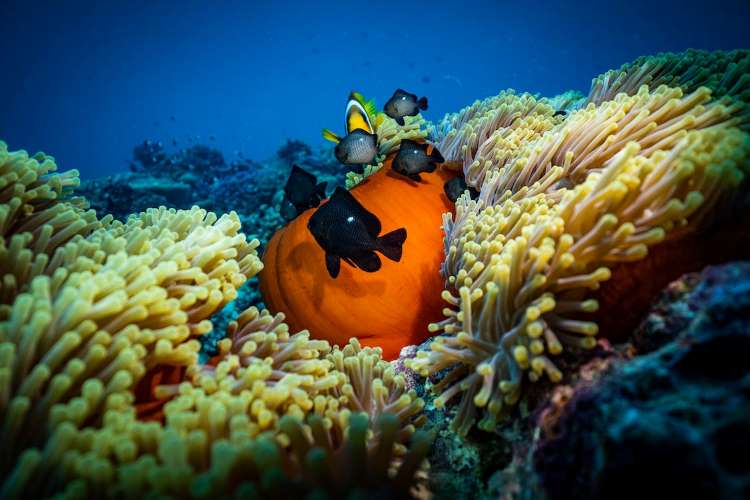The earth will lose around 10% of its biodiversity by 2050 and 27% by 2100 to climate change, shows a study by European and Australian scientists. The study uses a tool capable of modelling losses of interconnected species. It finds that cascading extinctions are unavoidable. European Commission scientist Giovanni Strona and Corey Bradshaw of Flinders University created synthetic earths with virtual species and more than 15,000 food webs to forecast the fate of species which may disappear because of climate and land-use changes.
The scientists paint a grim picture for global diversity, saying the planet is likely to face its sixth mass extinction event. The earlier studies assessing extinction in the next 100 years did not incorporate co-extinctions, or species that may go extinct because of the extinction of other species.
READ I Is nuclear fusion the holy grail of clean energy quest
What is co-extinction
A species of predators may go extinct because its prey falls victim to climate change. A prey that succumbs to climate events is primary extinction, while a predatory species going extinct for lack of food is co-extinction. As every species depends on others in some way, their survival will depend on the survival of others. For example, a flowering plant may go extinct if it loses pollinators, a species of parasites may disappear if they lose their host species.
The model revealed that co-extinctions will be higher by a third by 2100 than earlier projections. Co-extinctions will increase the extinction rate of the most vulnerable species by around 184% by 2100. The new model offers a detailed insight into species responding to an interaction of climate, land use, and ecological links.
READ I Plastic pollution: An international treaty soon to tackle the menace
Climate change and biodiversity loss
Scientists had always seen coextinctions as a major cause of biodiversity loss, but they could not assess their role on a global scale. The current study created a global model of interconnected terrestrial vertebrate food webs to changes in climate and land-use changes till the end of the century. The model shows there will be a major loss of ecological interactions, leading to a fall in trophic complexity, network connectance, and community resilience. The resultant damages to ecological network structure would be have a more pronounced impact than the toll on bio diversity.
Various models of extinction so far failed to interconnect species at a global scale while estimating possible co-extinctions. So far, we had excellent studies on various aspects of extinctions including impact of climate change and habitat losses, but not one that could forecast extinction cascades on global scale. Strona and Bradshaw built a virtual earth that has interconnected species networks, and applied changes in climate and land-use for accurate forecasts. The species could move to new habitats and adapt to changes to a certain extent, or go extinct in an extinction cascade.
The study says there are numerous causes for the rapid increase in extinction rates in recent times. Most important of them are land-use changes, overcultivation, pollution, climate change, and biological invasions. Assessing the relative importance of these factors at the planet scale will continue to be a tough challenge. The synergies between these factors are another reason why assessment is difficult.

